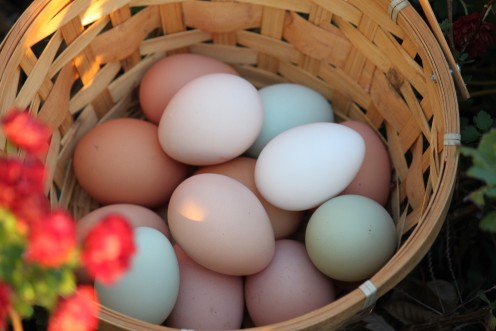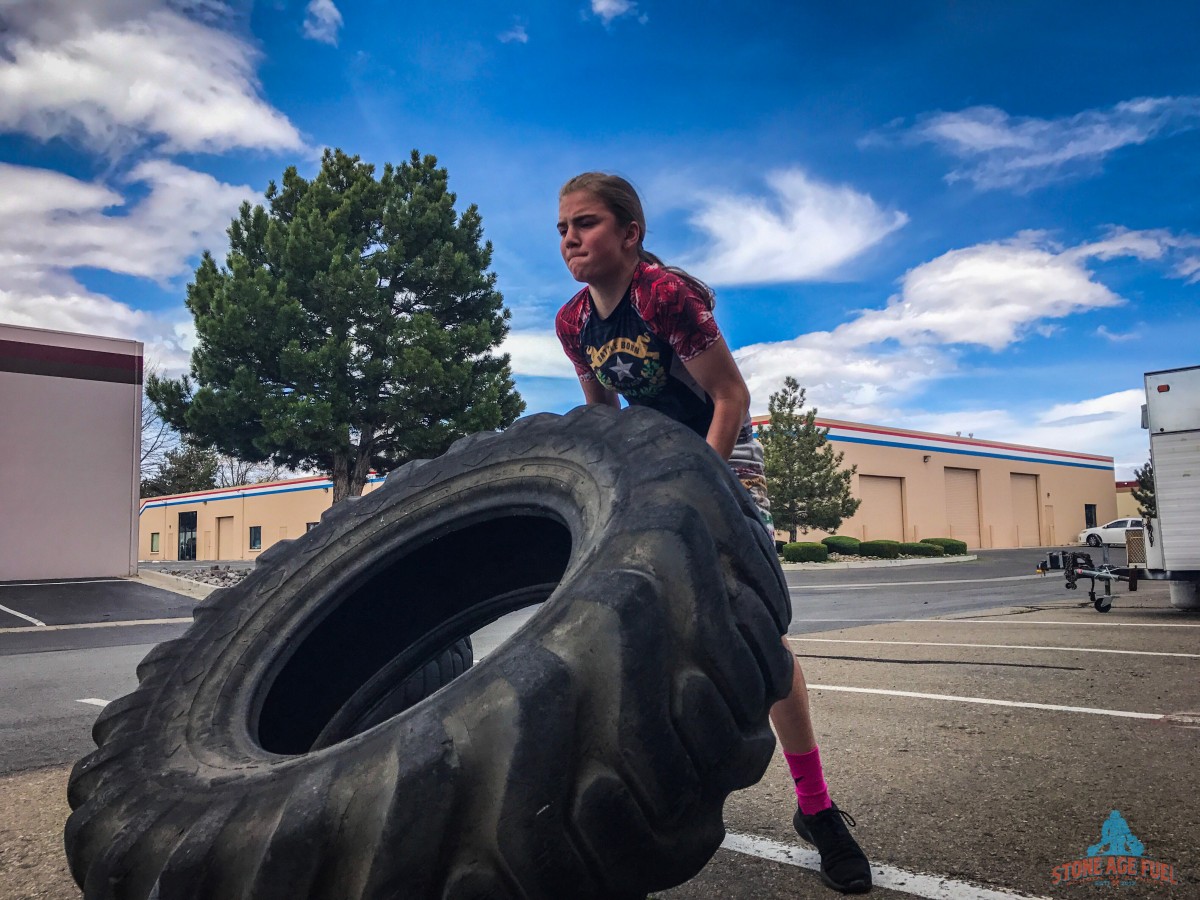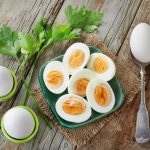Brown, white, organic, cage-free, pasture-raised: What eggs should I be buying?
Shopping for eggs has become a mind F*** these days, hasn’t it?
You get to the egg isle and stare at all the options—free-range eggs, organic, cage-free eggs, Omega-3 fortified eggs, pasture-raised eggs—and become more confused by the minute.
Something tells you you should avoid the cheap large, white eggs, so you go for the middle-priced brown free-range eggs because they seem to offer something more, you think. You’re not sure why, but you remember hearing brown eggs are healthier than white…
Not so fast!
Did you know that the only difference between brown and white eggs are that brown eggs came from brown-feathered chicken and white eggs from white-feathered chickens? There is absolutely no nutritional difference between the two: One large egg, brown or white, contains 6 grams of protein and 5 grams of fat. They also both provide you with 5 percent of your daily Vitamin A needs and 10 percent of your Vitamin D needs. A pretty good source of nutrients for both.
But what about the rest of the egg labels these days? Do they matter?
It depends on what your priorities are—and it depends on whether you live in the United States, Canada, the UK or otherwise—but generally speaking, yes they do.
When it comes to the United States, the sad reality is that the majority of the egg-laying hens live in close-quarters in cages barely big enough for them to be able to stretch out their wings. So if you care about the quality of life of your chickens and hens, then CAGE-FREE tells you they likely had more space to spread their wings. But that’s really all it tells you.
FREE-RANGE is a similar story: It means the hens get to go outside and run around, as opposed to being confined to a small cage.
Similarly, in Canada, there are essentially four housing options for hens:
- Conventional housing, where hens live in small groups in cages. Like the US, this is the most common method used by egg farmers. In fact, as many as 90 percent of eggs in Canada are produced this way in cages.
- 2. “Enriched housing,” where 16 to 60 hens live in cages of varying sized and they’re able to lay their eggs in a nesting area with easy access to food and water.
- Free-run housing, where hens roam a bit more feely, but are still kept in a barn. They also have bedding areas and nesting areas for egg-laying.
- Free-range housing, which is similar to free-run, only here the hens also have access to an outside space, depending on the weather.
As for OMEGA-3, it just tells you Omega-3 fatty acids (most commonly DHA) have been added to the eggs, so if you’re not eating enough fish or aren’t taking a fish oil supplement, these eggs might be the ones for you.
Organic (in the United States), on the other hand, tells you the eggs are non-GMO, while PASTURE-RAISED tells you the farm was certified by a third-party, such as the Certified Humane Program.
The shortcoming with all of the above labels—cage-free, free-range, free-run, Omega-3, organic and pasture-raised—however, is there are still many unknowns, such as what the hens were fed.
Thus, the gold standard, so to speak, if you live in the United States is USDA certified organic, meaning the hens were raised following an agreed-upon standard of practice.
The USDA certified organic label also guarantees the eggs were produced without pesticides or fertilizers and that the hens were fed an organic diet free from animal by-products or antibiotics. In Canada, hens are very rarely fed antibiotics, unless they’re sick, so it’s less of a concern than it is in the United States.
The takeaway: Navigating egg best practices is tricky at the best of times. My best advice: Get to know a local farmer—a Farmer’s Market is great for this—and discover how they’re running their farm. Despite most hens being kept in cages, there are still many great egg options out there, so take the time to find a good one in your local market.







